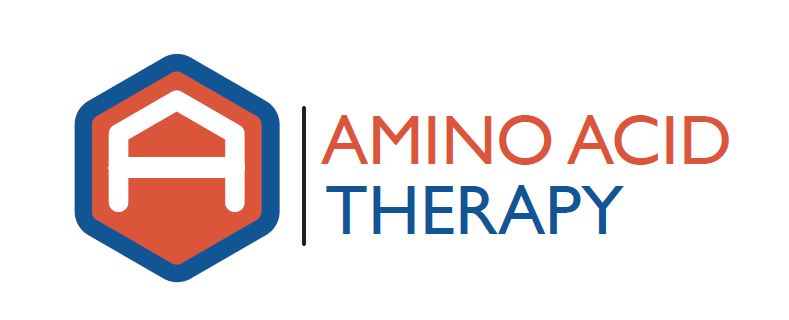One of the most common questions we receive when someone is either considering using amino acids or has gained substantial benefit from amino acid therapy is “how long will I need to continue taking these?” The answer depends on the cause of the underlying imbalance that is being addressed.
Generally, people find out about amino acid therapy as a way to address nutritional imbalances that may be causing any number of symptoms of neurotransmitter imbalance – including symptoms commonly associated with disorders such as depression, anxiety, insomnia, migraines, insomnia, trichotillomania, restless leg syndrome (RLS) and Parkinson’s Disease (PD). Once they learn more about the therapy, one of the first logical questions is “How long will I need to take these amino acids?” The answer depends on the type of imbalance present in each person that is causing their symptoms – and it really comes down to the difference between improper or low storage versus damage that has been done to the neurons.
Storage Issue
If the underlying imbalance causing symptoms is due to low stores of neurotransmitters, it can take 1-4 months of working with a provider skilled in the use of amino acid therapy to find the right dosage (i.e., the right balance of amino acids and needed cofactors) to eliminate or minimize any symptoms of imbalance. At that point, most people need to stay on their optimal dose for an additional 3-9 months to replenish neurotransmitter storage before the amino acids can be slowly tapered.
A caveat to this is that in order to reduce and eliminate the need for amino acids over time requires a person to address anything that can draw off of their amino acid and/or neurotransmitter stores – including stress, improper nutrition, lack of exercise, alcohol and/or drug use and improper digestive function. Generally, once a person finds relief of symptoms using amino acid therapy, we work to manage and correct any of these underlying balances while we are replenishing neurotransmitter storage.
Therefore, if a person’s neurotransmitter stores are deficient and they’ve effectively addressed any draws off of their neurotransmitter stores, it is not uncommon for a person to need amino acids for about a year to eliminate the need for those amino acids and restore proper function.
Neuronal Damage
If, however, a person has damage to the neuron, or neuronal receptors, they may need to continue taking some amount of amino acids over a longer period of time, and possibly ongoing. The reason is that if there is sufficient damage to enough neurons (which is thought to be permanent), proper function can only be restored by providing the remaining viable neurons additional amino acids so that they can produce more neurotransmitters, effectively correcting for the damaged neurons. However, if those amino acid precursors are then removed, their isn’t sufficient neurotransmitter production to overcome the existing neuronal damage and symptoms return.
Interesting, we have found that many people that have been thought to suffer only from neuronal damage – such as those diagnosed with Parkinson’s Disease (PD) – may actually require less amino acids over time to keep their symptoms under control. Based on numerous cases and consultations with other health care providers using amino acid therapy, a plausible explanation is emerging that at least some of their original symptoms were due to low neurotransmitter stores and not solely to neuronal damage. Once those stores have been replenished, then any amino acids used to build up those stores are no longer necessary, which allows one to lower their amino acid dosage.
Of course, everyone’s underlying imbalances and needs are different, but these general guidelines provide a broad estimate of the needs for a large proportion of the people that use amino acid therapy to correct underlying nutritional imbalances that leads to neurotransmitter dysfunction.

